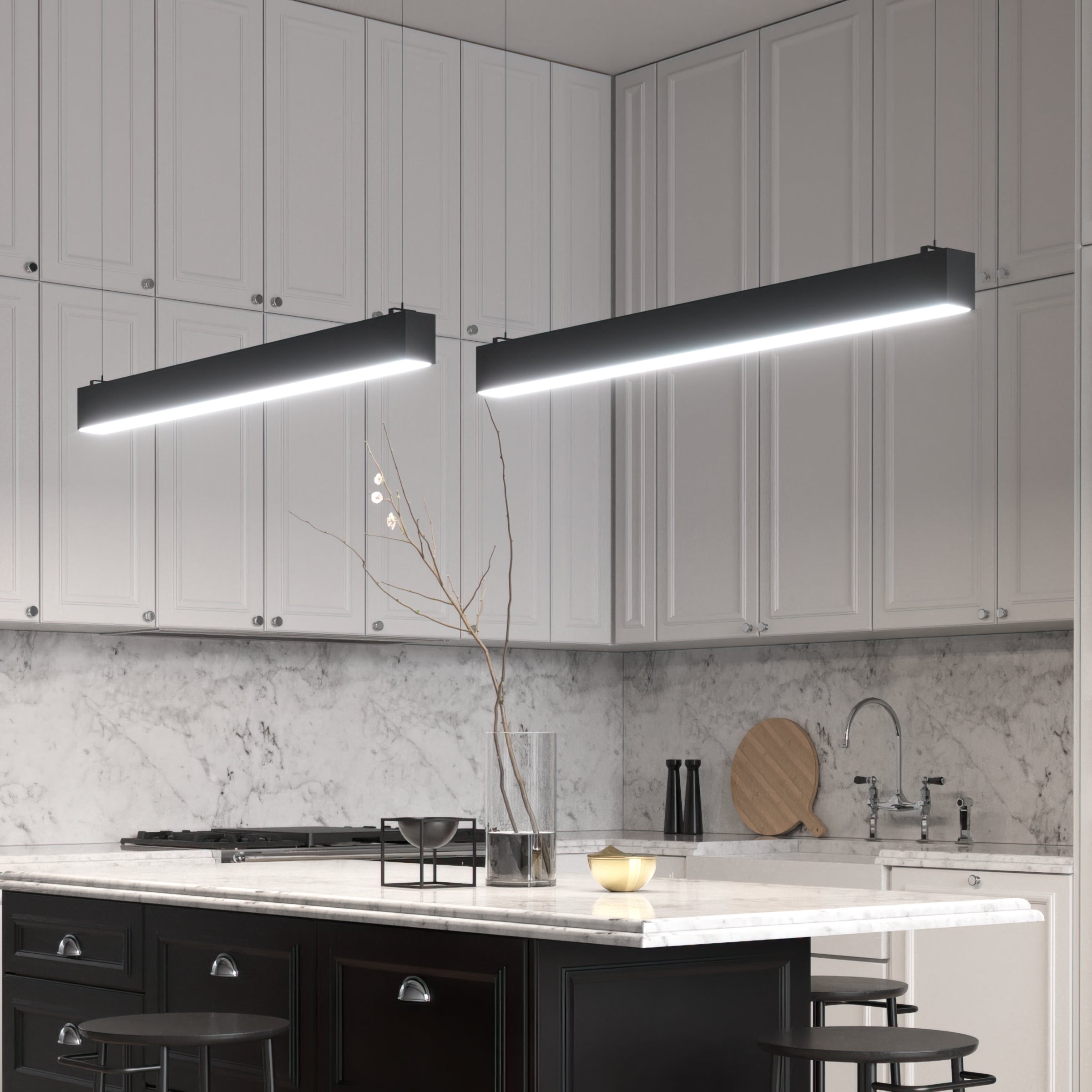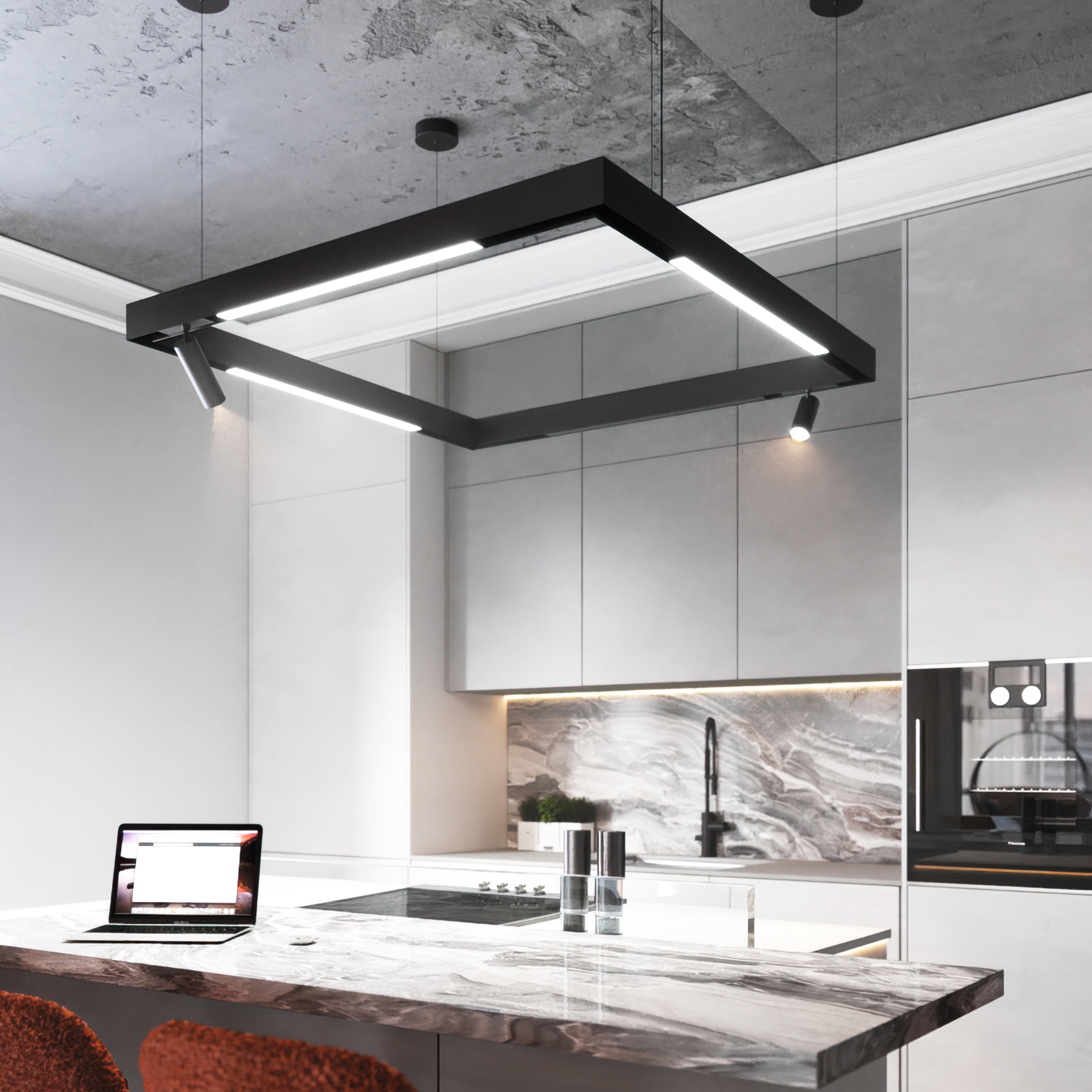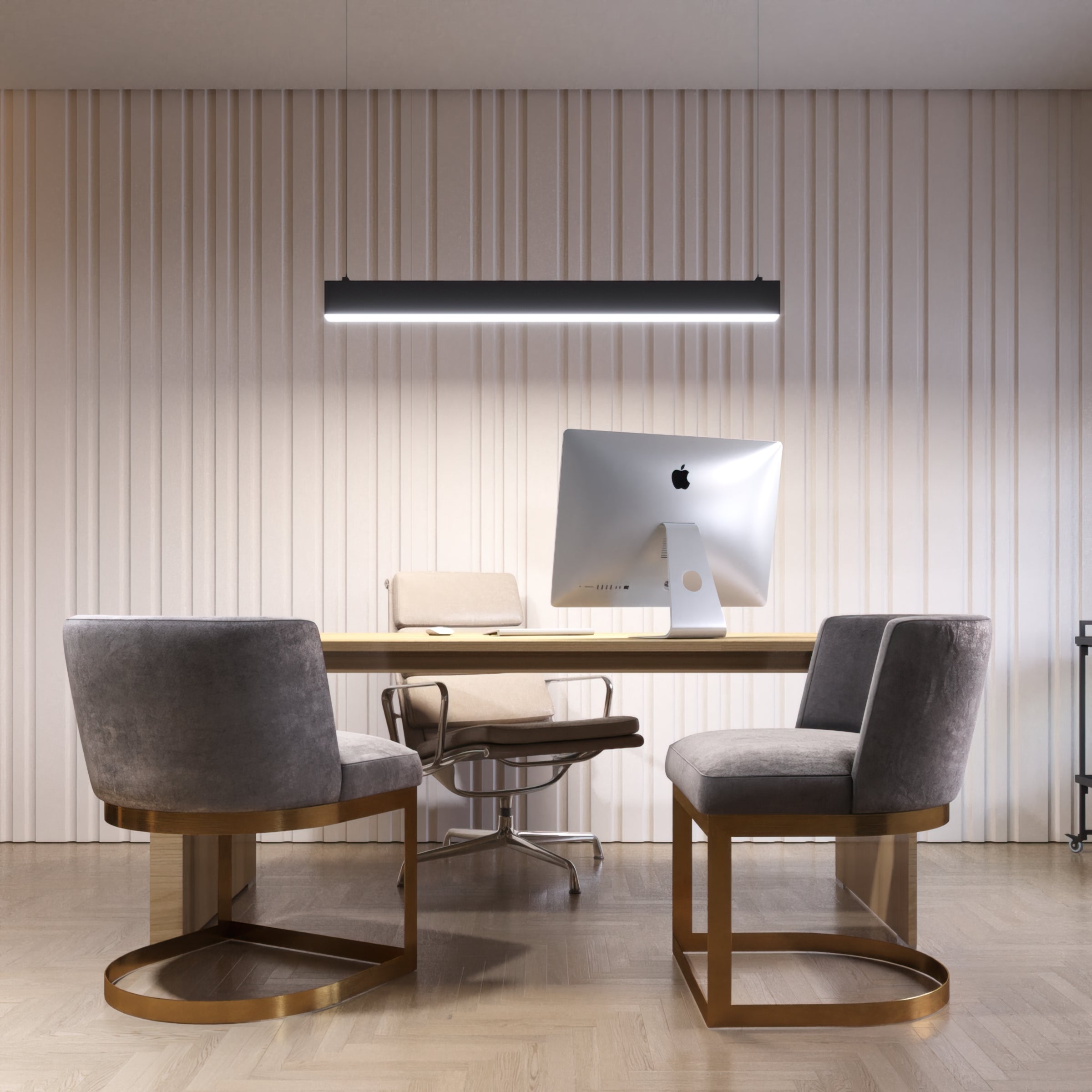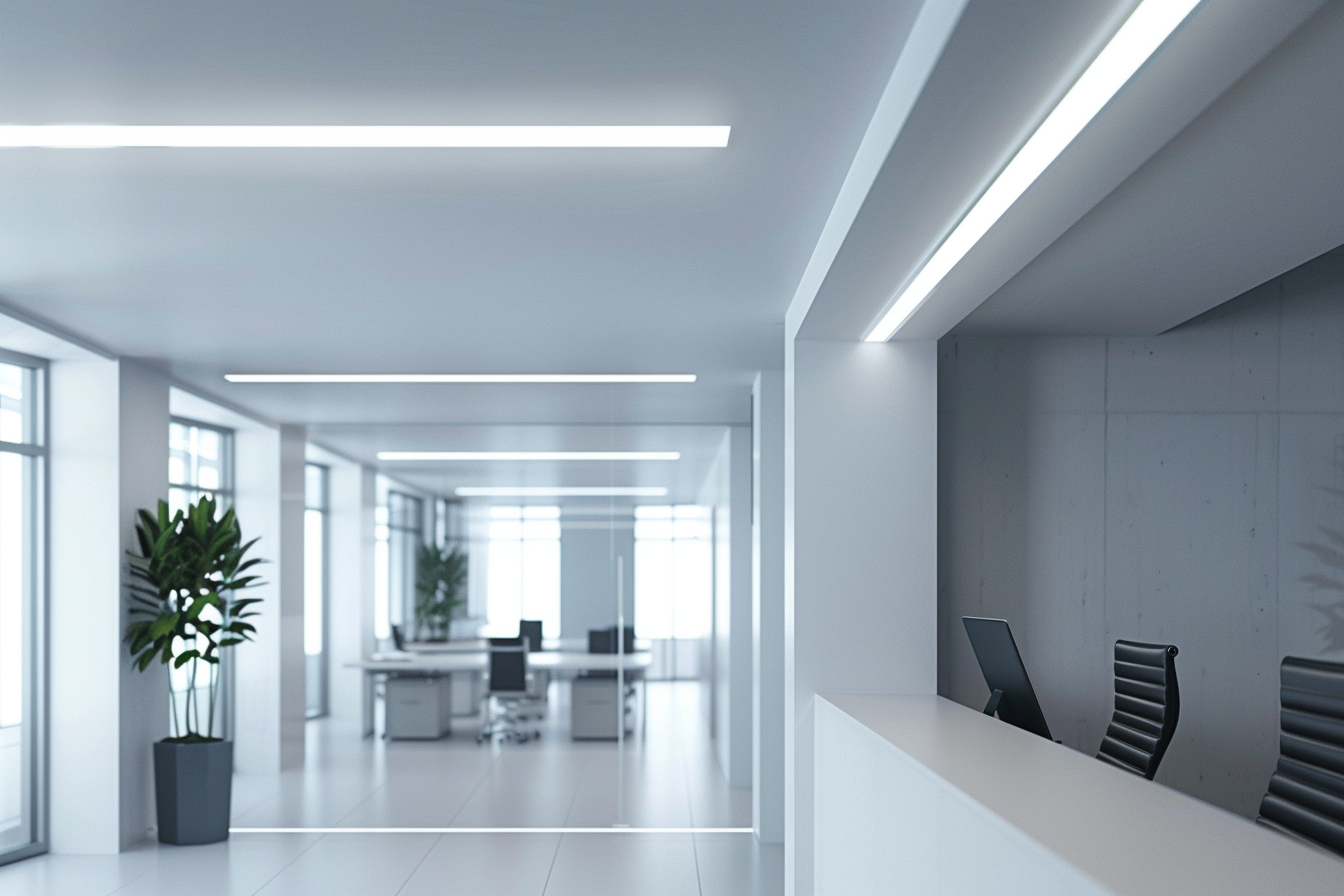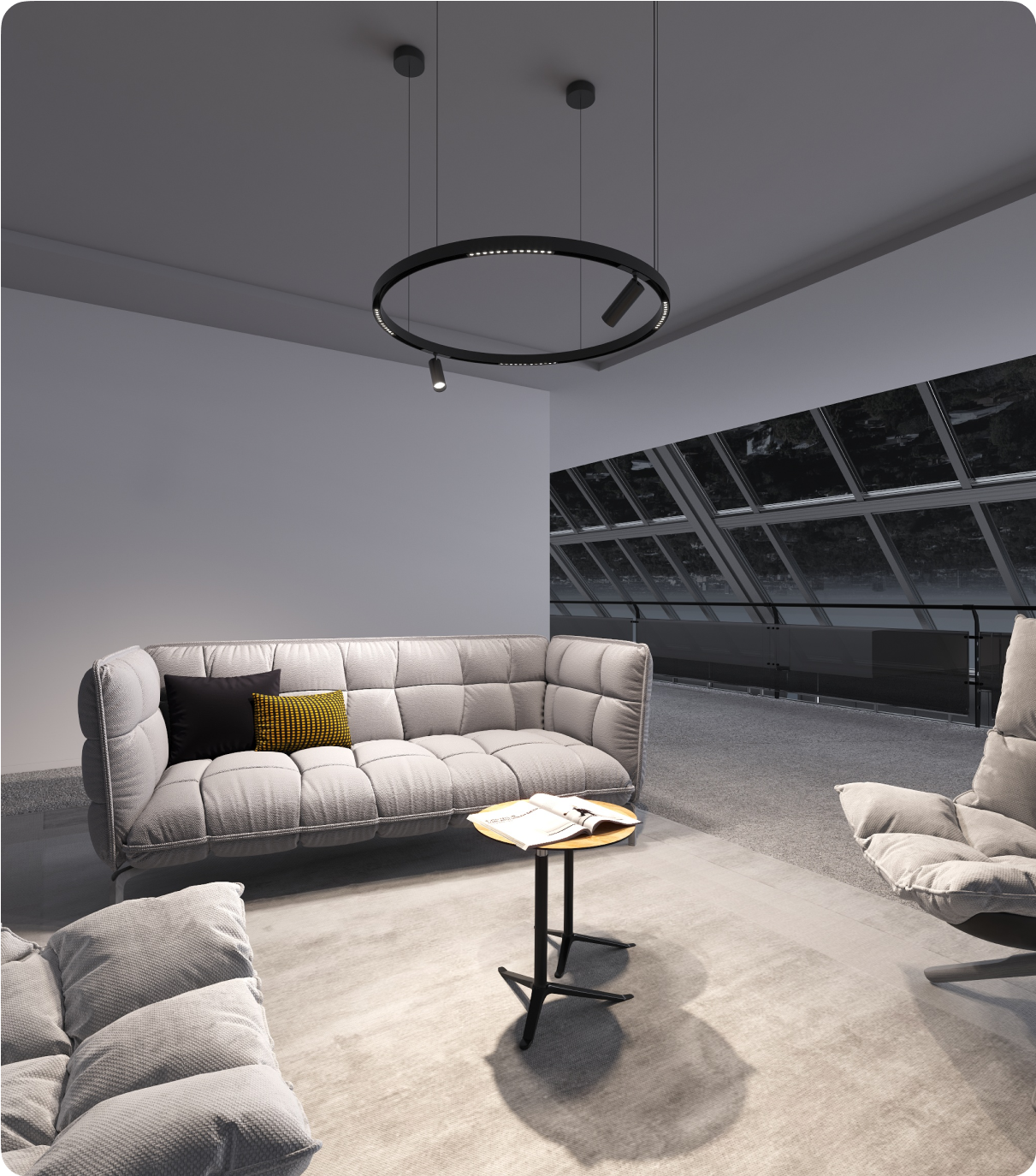Welcome to our latest blog post, where we explore how to use LED lighting effectively to avoid unwanted shadows. Lighting can make or break the ambiance of a space, and LED lights are a popular choice due to their energy efficiency and longevity. However, improper positioning and a lack of understanding of how LED lights cast shadows can lead to a less-than-desirable result. In this post, we will provide tips and tricks on how to avoid shadows with LED lights, making your spaces look more inviting and comfortable.
Why Shadows May Appear
Shadows can appear within any space for a variety of reasons, and understanding these reasons can help in effectively managing and manipulating light within a space. One such reason could be the improper placement of lights. Specifically, if the lamps are placed too far apart from each other, they fail to adequately illuminate the space that lies between them. This problem is particularly pronounced in areas with low ceilings where the lack of vertical space further limits the spread of light. But how to eliminate shadows with lighting?
Comparing different types of lights, such as LED and halogen lights, we can see further reasons for shadow formation. LED lights, in contrast to other lighting options like halogen lamps, spill significantly less light. LED light spills about 10% of its energy, compared to a halogen light that spills 40%. This stark difference results in a sharper and more defined shadow as more illumination from the LED lights is directly targeted at the object, and less is dispersed into the surrounding space.
Lastly, economic considerations can also contribute to the formation of shadows. Facility owners might choose to install fewer but more powerful lights rather than opting for a larger number of less powerful lights. While this approach might reduce initial investment, it can also lead to shadowing. This is because having fewer but more powerful fixtures creates bright spots directly under the lights, while noticeable darkness persists between fixtures. This uneven distribution of light can compromise the overall visual comfort within the space.
How to Eliminate Shadows with Lighting
- Increase the Number of Light Sources and Space Them Evenly
Increasing the number of bulbs (known as relamping) by around 30% can greatly reduce the perception of increased shadowing. Another crucial aspect is ensuring the lights are evenly spread out rather than clustered together. The ability of LEDs to produce more focused illumination means fewer lamps are required for each target, and bunching them together may intensify the shadow problem.
- Opt for Larger Lights
Using larger lighting fixtures can help reduce shadows. For instance, avoid using micro-recessed lights as their beams are too narrowly targeted. Instead, opt for the broadest light cans you can find, ideally around 6 inches in diameter.
- Use Ambient Lighting
Chandeliers and other ceiling lights are commonly utilized as ambient lighting, but a well-positioned, large lamp can serve the same purpose. The placement of your primary lighting source, or your ambient lighting, should be considered first, ensuring it provides a foundation for other lighting types to complement.
Highlighting specific areas or features in a room is the role of accent lighting. It emphasizes details and helps to set a mood. This type of lighting, which is usually bright but concentrated in small areas, is particularly suitable for living rooms, dining areas, and bedrooms.
Task lighting, which includes under-cabinet lights, small desk lamps, and track fixtures, is perfect for illuminating specific small areas in a room. However, as you might expect, it can create shadows in other parts of the room.
- Place Lights High
The more elevated the lights in a room are, the fewer shadows they will cast. Any shadows that do form will mostly be directed downwards towards the floor. Recessed lighting is the best option to minimize shadows.
- Make The Most of Natural Light Potential
In order to create an effective and efficient lighting plan in your home, it is crucial to first identify and map out the sources of natural illumination. This includes understanding which parts of your home receive sunlight at different times of the day. Once you have a clear understanding of the natural light dynamics in your home, you can then optimize their usage. This means strategically placing furniture and other elements in each room to take full advantage of the natural light available. This can not only enhance the aesthetic appeal of your home but also contribute to energy efficiency.
Working with Shadows
When confronted with unavoidable lighting shadows, it's crucial to learn what causes shadows. Here are some strategies for using shadows to your advantage in interior lighting:
- Soften the Shadows
Instead of attempting to fully remove shadows, think about toning them down with diffused lighting. This can be done by implementing lamps with shades and positioning them thoughtfully to produce a gentler and less pronounced shadow effect.
- Use Accent Lighting
Shadows can be leveraged to introduce artistic elements and drama into a room. By carefully positioning accent lighting to emphasize specific items or areas, shadows can be utilized to enhance the depth and visual intrigue of the space.
- Experiment with Angles
Experiment with different placements of light sources to generate diverse shadow patterns and effects. By adjusting the lights' angle, you can manipulate how shadows form, enhancing the room's aesthetic appeal.
- Embrace The Contrast
Rather than viewing shadows as an issue, think of them as an integral component of your overall lighting plan. The balance between light and shadow can produce a vibrant and visually stimulating space.
- Incorporate Reflective Surfaces
Placing mirrors or other shiny surfaces can help distribute light across the room, softening strong shadows and making the space seem larger.
In summary, although managing light shadows can be a challenge, turning them into an asset can enhance a room's atmosphere and visual appeal. With some creative thinking and trial and error, shadows can shift from being a lighting issue to an effective design element.
